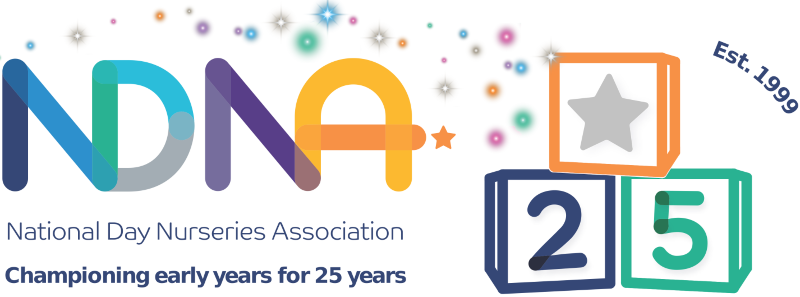Currently in England all three and four-year-olds are entitled to 15 hours of funded early education for 38 weeks of the year. Eligible three and four-year-olds are entitled to an additional 15 hours per week.
From April 2024, the Government has announced that two-year-old children of working families will be eligible for 15 hours of funded childcare. This will be extended to children from nine months old in September 2024, and by September 2025 the Government estimates 640,000 more children in working families will be entitled to 30 hours of funded childcare.
NDNA has been investigating whether all this money reaches providers since 2020 (looking at the previous year’s budget).
For 2021-22, NDNA discovered £45.8m was not spent on early years places during that year, in addition a net amount of £59.3m went back to the DfE.
Read the full report for 2021-22 below:
Read the full press release for 2021-22 where you can download the summary spreadsheets for your region or local authority.
Webinar: Council underspends could you increase your local funding rate
The webinar includes:
- The latest figures from the NDNA investigations team showing the national picture of how much funding has been left unspent and areas where overspends have happened
- Information on how you can access data for your local council area
- Hear from NDNA members who have used this data to get changes in local funding rates and approaches
- How you can challenge your local authority if they reported underspends and did not use any of this money to support childcare provider.
This webinar was kindly sponsored by Hope.
Further background regarding Early Years Entitlement funding:
Funding for these places is provided by the Department for Education to Local Education Authorities through the Dedicated Schools Grant.
The early years funding for each LEA is set by the DfE using the Early Years National Funding Formula (EYNFF), which provides each council with an hourly rate of funding per child. Budgets are then set based on the expected number of children entitled to access funded childcare through census data. Local authorities must decide how to allocate this funding to early years providers through an hourly ‘base rate’ with additional hourly supplements for local priorities. This could take account of accessibility, Special Educational Needs and Disability (SEND), children from areas of deprivation or the quality of provision all taken from this one hourly rate. LEAs need to show that early years providers receive 95% of the total early years funding, leaving up to 5% that can be retained for central administration of the scheme and other early years priorities for the local council.
From 2019 to 2022, NDNA discovered that large amounts of funding, earmarked for children’s early education and care, was left unspent in LEA schools budgets. Some was reported as being channelled into other areas of education spending. The investigation focused on funding for early entitlement places for three and four-year-olds including the 15 universal hours and the additional 15 hours for eligible children of working parents. This year we looked at funding for 2021/22 in the early years block overall and asked about adjustments made to early years budgets by the Department for Education (DfE).
Previous investigations
NDNA Underspends Report 2020
NDNA Underspends Report 2020/21
